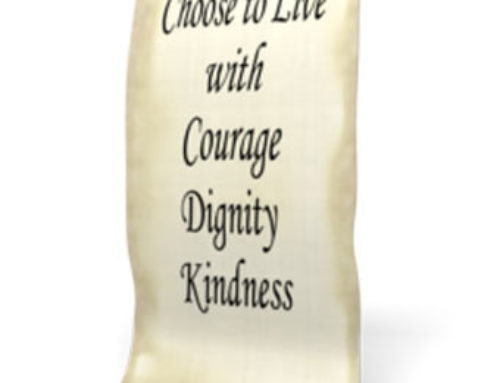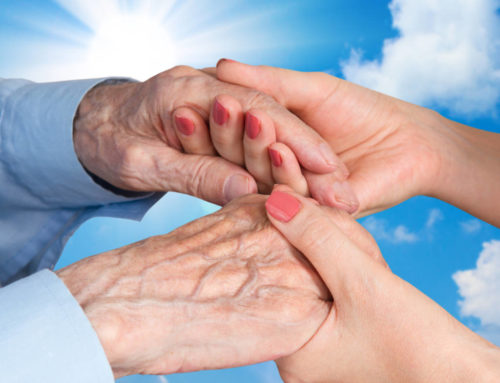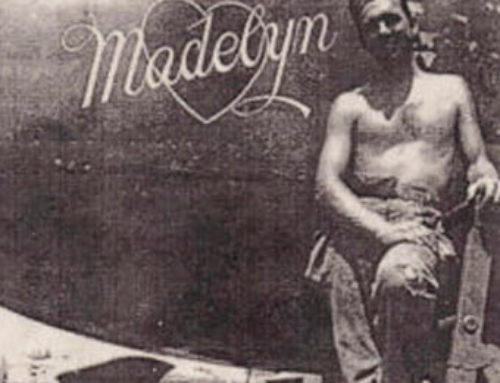Eighteen years ago when Alex and I started planning our wedding, I suggested we just go away somewhere and elope. He said, “No. Ceremony is important. We need to have a wedding so our kids can be there. Witnessing our commitment to each other in a wedding ceremony will help them accept our marriage.” (See why I love him so much?)
He was right, of course. Ceremonies are important. Baptisms, graduations, birthdays and weddings all commemorate happy life events and give us an opportunity to celebrate. A funeral marks the end of a life. It provides us the opportunity to reflect, remember, honor and grieve. It’s an important ceremony. Although it puts a period at the end of the life of the person we are burying, it certainly does not end our feelings of loss. It actually only marks the beginning of our life without them.
You may find that having a personal ceremony will help you. My dear friend Dorothy Tucker, a nurse who kept a journal throughout the 30 years she worked in nursing homes wrote about a ceremony they developed in one facility where she worked to help the staff respond to the death of a resident.
She said, “When a resident dies, a staff person goes to the store room for a white cloth and a card which specifies the order of the service and prayers to be said. All units in the home are notified of the death. Staff on other units notify residents and visitors who were close to the deceased resident. All who can, gather outside that resident’s room with the family while waiting for morticians to prepare the body. Families, staff and peer residents use the time to console and express gratitude to each other.
When morticians bring the body out of the room, the white cloth is placed over it. The chaplain or a surrogate reads a passage about moving into a new life, then leads the group of mourners in prayers as written out on the service card. We used the “Our Father” and the “23rd Psalm” I loved to be the surrogate if the chaplain wasn’t available.
At the end, there is a procession to the funeral car. Staff remove the white cloth just before the body is placed in the car. The group stays until the car leaves. Tears are shed and hugs are shared. It is very beautiful and always made me cry, even when I didn’t know the person who died. I think what I loved the most was the pure acknowledgement that we mean so much more to each other than our roles would imply.”
I have attached a video from our CaregiverHelp support program about grief after death. In the video, I suggest some personal ceremonies that might help you celebrate the life of your loved one and provide you with some peace and comfort as you adjust to your life without him/her. I hope you’ll find the time to watch it. Grief After Death




